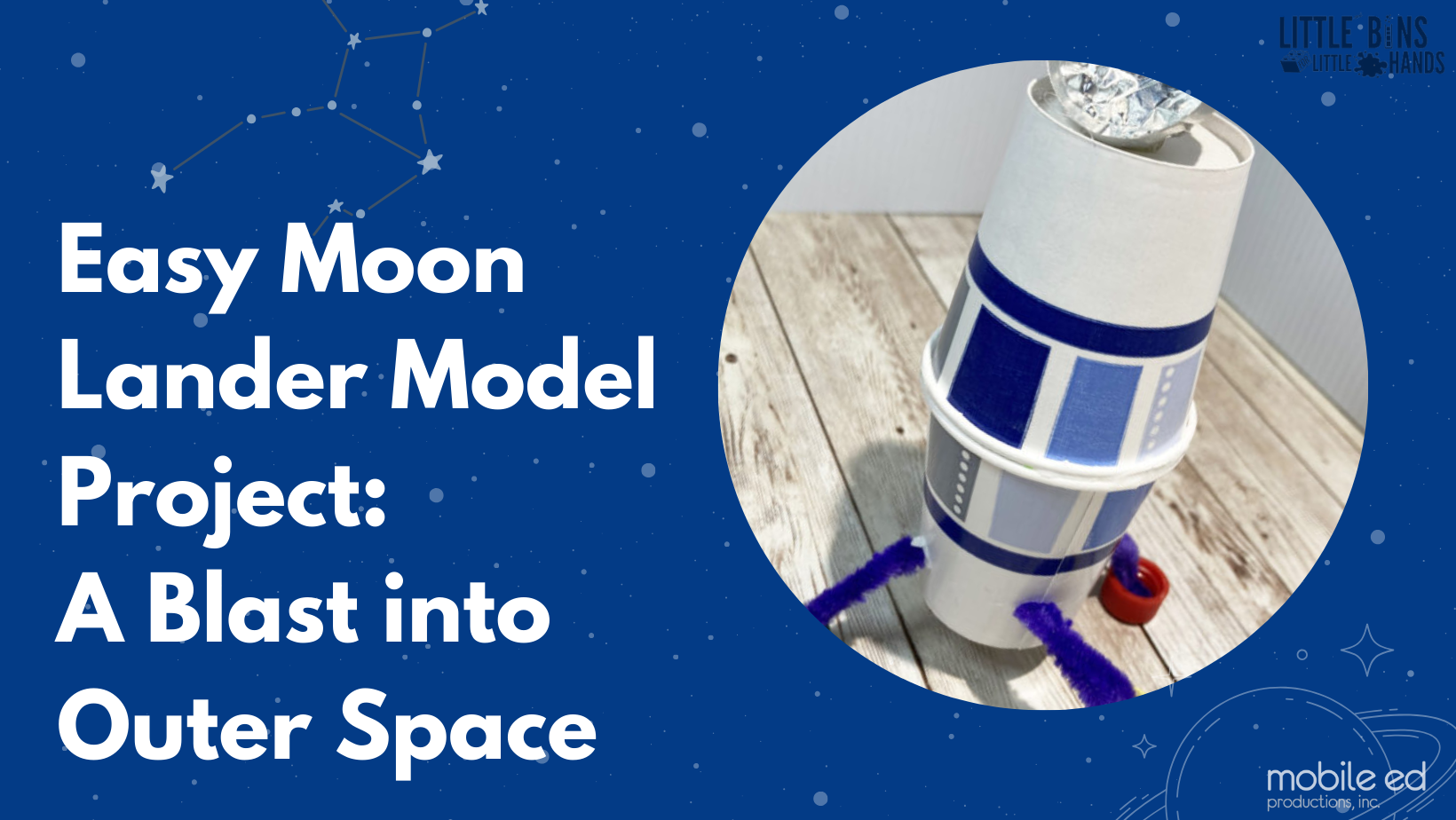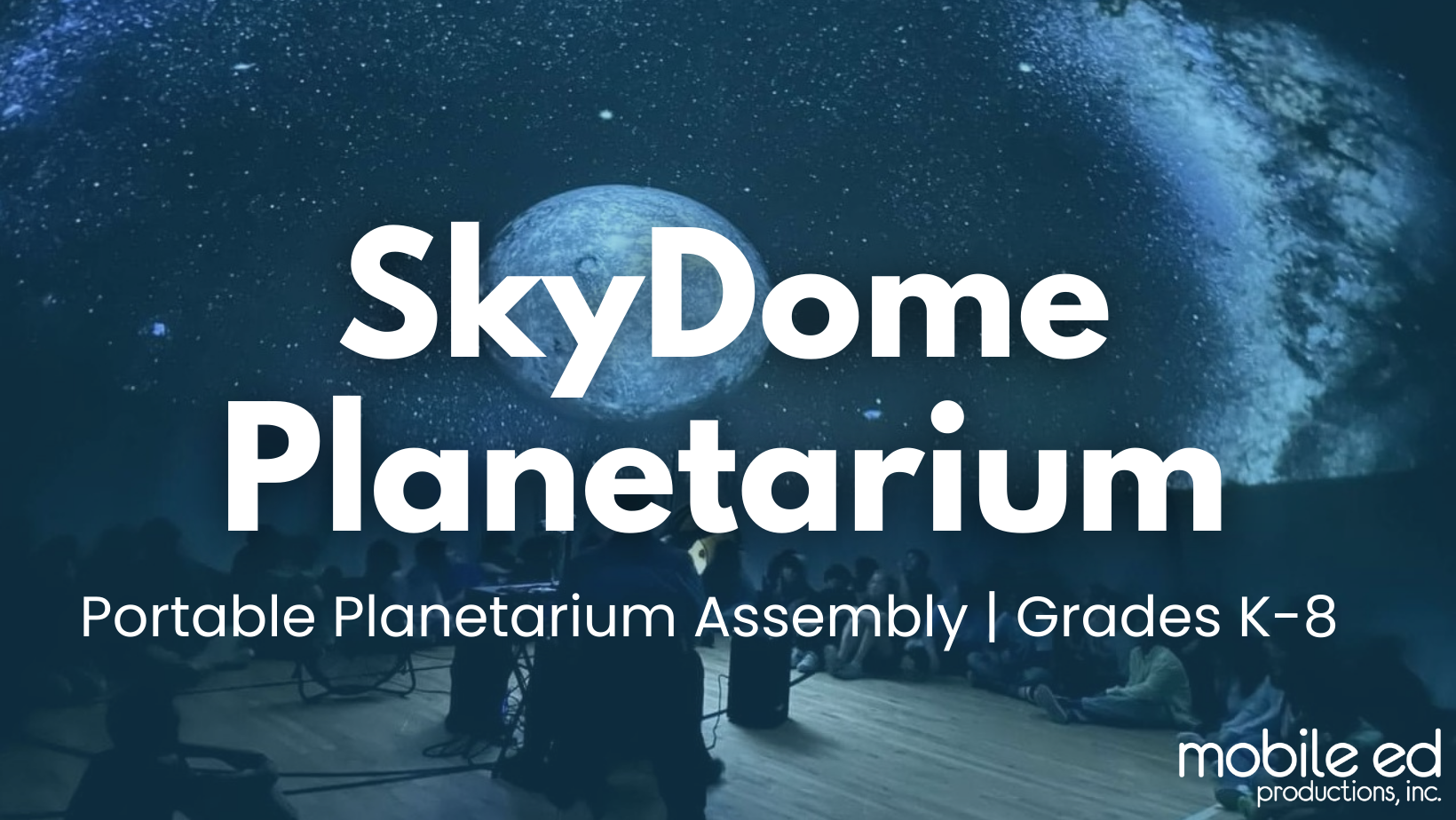
February 3rd was the anniversary of the first moon landing in history. On this day in 1966, the unmanned Soviet Luna 9 landed on the moon: the first landing on another celestial body. A huge accomplishment for science and research, educators can use this remarkable anniversary as an introduction to learning about outer space. Mobile Ed has a quick and easy science project to teach young students about the history of the moon.
1966 was the first time a spacecraft touched the surface of the moon, but of course, that's not the only accomplishment regarding moon landings. The Apollo 11 mission in 1969 was a successful mission to the moon and back, but this time with humans were on board. Katherine Johnson played a major part in helping send these men to the moon on Apollo 11. Johnson contributed her mathematical skills to several Apollo missions, but perhaps she's most known for calculating the trajectory for the Apollo 11 mission to get it to the moon and back. This project is another interactive way to introduce your students to crucial women in history who changed the world, such as Katherine Johnson.
This Apollo moon lander project gives a hands-on and engaging introduction to outer space and moon research. Students will no doubt have a blast with this Moon Lander Model project! Continue reading below for more information on this project.
MOON LANDER MODEL PROJECT INSTRUCTIONS
What You’ll Need
- Two small paper cups
- Aluminum foil
- Glue
- 4 Pipe cleaners
- 4 bottle caps
- Scissors
- Coloring utensils (optional)
What You’ll Do
- Design the outside of the mood lander by coloring on the outside of the paper cups (optional).
- Glue the two paper cups together, open sides facing each other.
- Poke four holes into the bottom of one of the cups.
- Wrap two pipe cleaners together to create stronger support. Push one pipe cleaner into one hole and out the other side. Repeat with the last two remaining holes to create four landings "legs".
- Glue bottle caps onto the four ends of the pipe cleaners to create landing feet.
- Cut out a small circle of aluminum foil and glue to the top of the lander. This resembles the radar dish used on Apollo 11.
OPTIONAL: Cut out a small window in the mood lander for a Lego astronaut to sit!

The SkyDome Planetarium is another interactive way for students to learn about outer space. In the SkyDome Planetarium, students can't help but be amazed as they enter our inflatable dome filled with vivid projections of outer space. Once our mobile planetarium is set up in your classroom or gymnasium, your students will begin a fascinating 45-minute tour of outer space from right inside their school.
During the SkyDome Planetarium assembly, students will obtain knowledge of:
-
-
- Planets in our solar system
- Constellations
- The start of space exploration
- Outer space in different seasons
-
Here's what one school had to say about their SkyDome experience:
“This was a wonderful presentation that both our student and adult attendees loved! Our expectations were exceeded and the entire process was easy, stress-free, and very low maintenance on our end. We were definitely satisfied!"
- Palestine Junior Service League, TX
Get your free price quote HERE!
Project inspired by Little Bins, Little Hands.






